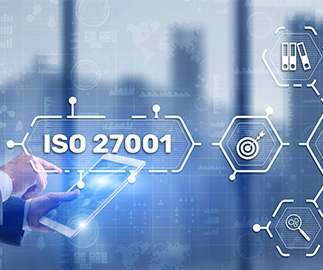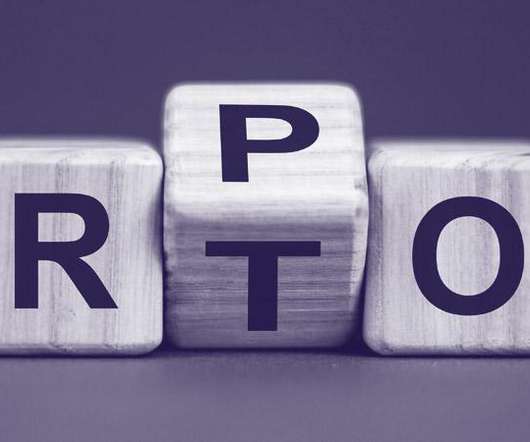ISO 27001 Requirements Checklist: Steps and Tips for Implementation
Reciprocity
OCTOBER 1, 2022
The ISO 27001 standard for management of information systems helps organizations of any size to manage the security of data assets such as employee information, financial information, intellectual property, and third-party information. 5 – Information Security Policies. 13 – Communications Security.












Let's personalize your content